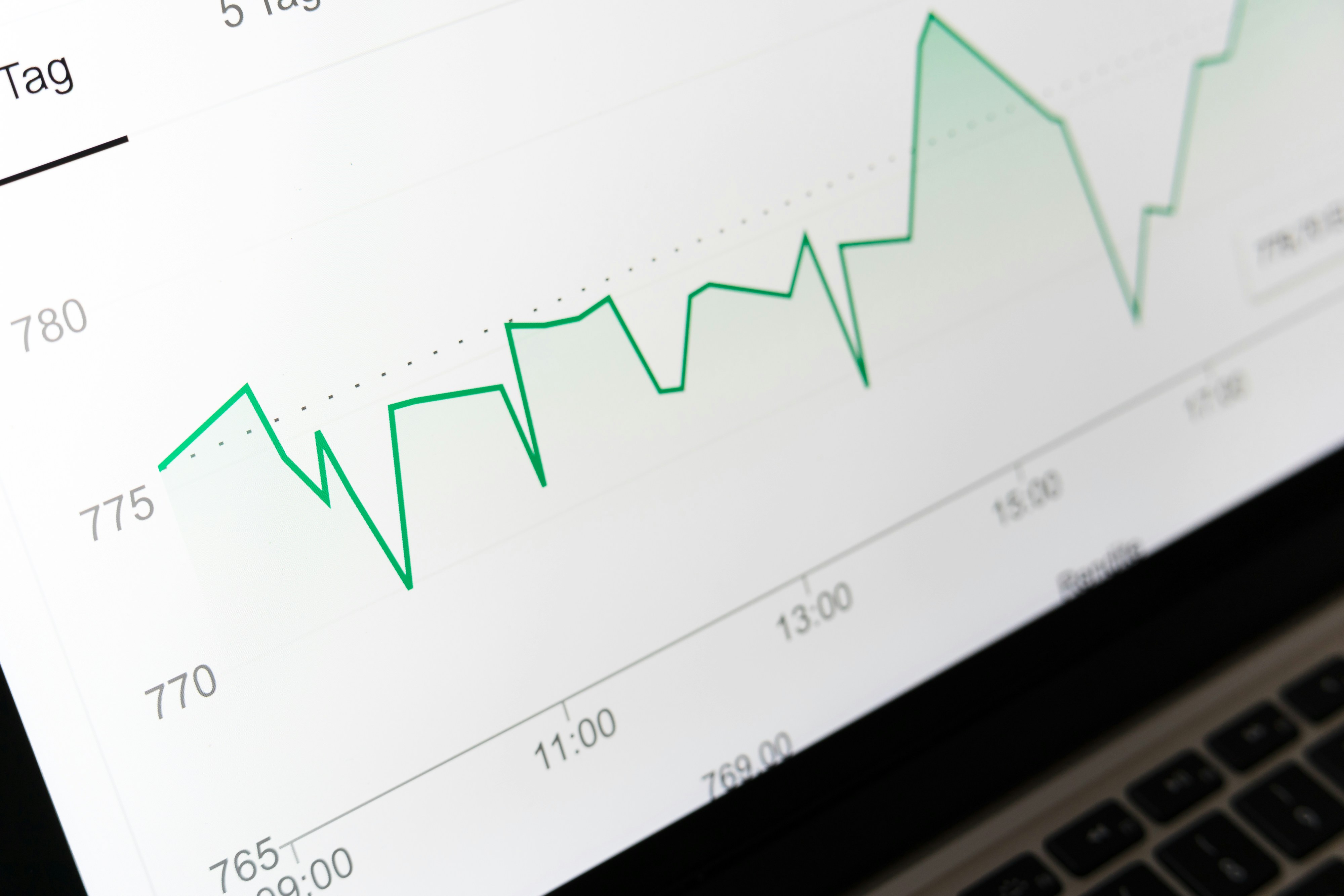Have a story idea
Have a story idea? Send it to us here.

Source : Markus Winkler Unsplash
June 17, 2024
Author : Alex Bustillos
Inflation has been a dark cloud hanging over the U.S. economy and causing weariness among business owners. Yet, despite the hurdles, the US is an economic behemoth that keeps chugging along.
As per the US Chamber of Commerce’s latest report, the median wage is growing at 4% annually, which is above the current rate of inflation. This has spurred investment and consumer spending in recent months. Since last year, the economy has grown by almost 3%, while the prediction for Q2 of 2024 is a solid 4.2%.
Despite these positives, small business owners are struggling, and project costs are skyrocketing. A number of major construction projects have even been shelved because of decades-high inflation levels.
In the 2024 Q1 findings of the Small Business Index by MetLife and the US Chamber of Commerce, it was shown that 52% of small business owners believe that inflation was the number one challenge in running their business profitably.
This is not a one-off thing, but it has been the same for the last seven quarters. The other concerns are the break in the supply chain, which has happened frequently in the last couple of years because of the COVID-19 pandemic, the diplomatic issues with China, and the Russo-Ukraine war.
For the construction industry and its contractors and vendors another major issue has been devastating natural disasters and the pandemic, which prolong project timelines, and add to costs.
The current inflation rate stands at 3.4%, and the Feds have a target of 2%, impacting the construction in many ways. First, the cost of labor charge is increasing as every new hire has to make more, and an adequate allotment for labor is not always available from the initial project cost estimates.
The cost of goods and materials has also increased manifold. Together these eat away at profit margins.
The generational Bipartisan Infrastructure Law (BIL) carried out by the Biden-Harris administration had allocated $673.8 billion toward transportation funding for roads, bridges, transit, airports, ports, and rail. From this amount, 56% of the funds went to upgrading highway infrastructure. From this, 20% of the total allocation is to be distributed across the five fiscal years between 2022 and 2026.
However, with rising prices, the material that could be bought for the same amount in 2021, when the bill was signed, is not possible in 2024.
Trade analysts have suggested two scenarios for understanding the over impact of inflation on the success or reduced impact of BIL.
In the first scenario, the high inflation scenario, the construction costs continue to climb at their current rate, based on the average annual growth rate for the previous two years (2021 and 2022). Under this scenario, just $224.2 billion worth of goods may be purchased with the $379.3 billion set aside. Roughly 60% of what could have been purchased in 2021, when BIL was signed, can be obtained throughout the five years from 2022 to 2026, a 40% reduction.
In the Modest Inflation option, there is a relatively modest increase in construction costs, comparable to the average annual growth rate in 2019 and 2021. Under this more slow development scenario, $260.5 billion can be purchased with the $379.3 billion set aside.
This means 16% more is being used on expenses than what could have been purchased if highway building prices continue to climb at the current rate (first scenario), but it is still only 69% of what could have been purchased when the BIL was signed. In other words, a 31% reduction in what could have been built in 2021, when highway development was less expensive.
Highway construction costs rose by almost 26% in 2022, and all-time high. One important contributing factor to this has the increase in crude oil price, which is a major component in asphalt, which is needed in constructing and maintaining roads, parking areas, railway tracks, ports, airport runways, bicycle lanes, sidewalks.
The price of crude oil per barrel increased 594% from 2020 to 2022. Although there has been a slight decline since then, prices have again started rising from the beginning of 2024, raising the warning bells for rising costs.
Category : International Labor Market Watch
